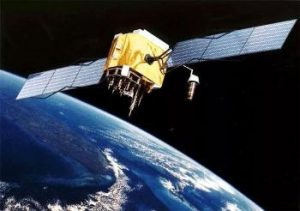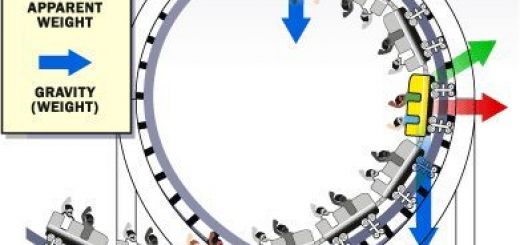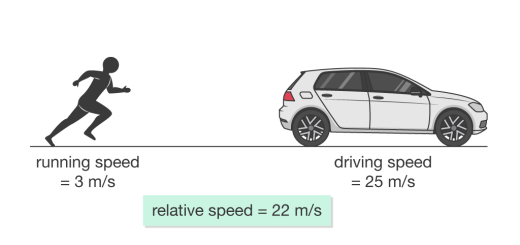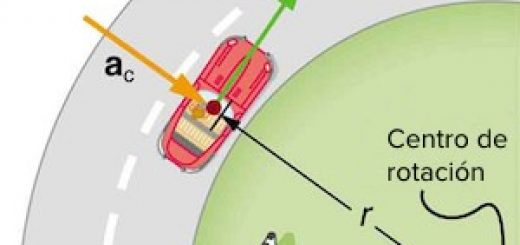Idea of launching the satellite & Factors affecting orbital velocity of a satellite
Importance of satellites
The satellite is considered as a very high tower that can be used in transmitting and receiving the wireless waves , Satellites can be classified according to their applications into Astronomical satellites which are huge telescope floating in the space and they can photograph the space accurately .
Communication satellites , They are used in TV transmission , Radio transmission , phone calls , Internet , Locating sites through GPS , Monitor regions using Google Earth .
Remote sensing satellites , They are used to study and monitor the emigrant birds , They are used to determine the mineral resources and their distribution underground , They are used to look out the agricultural yields to protect them against weather dangers and they are used to study the formation of hurricanes .
Explanatory and spying satellites : They abound the information needed by military and political leaders to make decisions and war administration .
Man has dreamt for centuries to explore the space , He continued developing probes and rockets that launch space ships to orbit the Earth or reach further to another planet like Mars .
That dream has come true on the 4th of October 1957 when the first satellite ( Sputnik ) has sent into space , That was followed by sending other satellites and stepping onto the Moon , Still space exploration continues successfully .
Idea of launching the satellite
A satellite in its orbit is considered as an object falls freely towards the Earth’s surface ( because it is under the effect of Earth’s gravity ) , In spite of this it never reaches the surface , Isaac Newton explained this as follows :
When projecting a cannon projectile from the top of a mountain in a horizontal direction ( neglecting the air resistance ) , the projectile moves through a certain distance before falling to ground , By increasing the velocity of projection , the horizontal distance moved by the projectile before falling to the ground increases .
At a certain projecting velocity , the projectile falls freely along a curved path at a constant distance away from the Earth’s surface , The projectile orbits the Earth in a roughly circular path, It becomes a follower of the Earth and named a satellite .
A satellite is an object projected at a certain velocity to rotate in a roughly circular path at a constant distance from the Earth’s surface .
The orbital velocity of a satellite is the velocity that makes the satellite orbit Earth in the roughly circular path at the constant distance from the Earth’s surface .
Finding the orbital velocity of a satellite ( v )
The attractive gravitational force between the satellite and the Earth is the centripetal force itself .
F = G m M / r² = m v² / r
G M / r = v²
v =( G M / r )½
Where ( m ) is the satellite mass , ( M ) is mass of the Earth , ( r ) is the orbit radius and ( G ) is the gravitational constant , If the height of the satellite above the surface is ( h ) : r = R + h , Where ( R ) is the radius of the Earth .
If the satellite stopped and its velocity became zero , it would move in a straight line under the gravity of Earth towards the Earth and fall down onto it .
If the gravitational force between the Earth and the satellite vanished , the satellite moves in a straight line tangent to the circular path away from the Earth .
To calculate the time taken by the satellite to complete one revolution around the Earth ( the periodic time T ) :
T = Circumference / Speed = 2 π r / v
The velocity of satellite does not depend on its mass but depends on other factors .
Factors affecting the orbital velocity of a satellite
The planet mass: The orbital velocity of a satellite is directly proportional to the square root of the mass of the planet at a constant radius of the orbit.
The orbit radius: Orbital velocity of a satellite is inversely proportional to the square root of the orbit radius.
v² = G M / r
As the mass of the satellite increases, a rocket of greater thrust is required to launch it into space and acquire the required velocity to orbit the Earth.
You can download the application on google play from this link: Science online Apps on Google play




